A glimpse into the future of Korean-Vietnamese ties
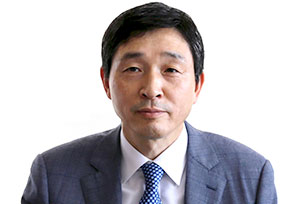 |
| Lee Hyuk, Ambassador of the Republic of Korea to Vietnam |
Vietnam and Korea forged their strategic partnership in 2009. How did this partnership impact the two countries’ trade and investment cooperation?
Since establishing diplomatic ties in 1992, Vietnam and Korea have made remarkable achievements in our bilateral relations. From politics to economics, culture, and people-to-people exchange, we have developed every facet of our partnership and have become indispensible partners to each other.
In fact, in less than 20 years after establishing diplomatic ties, our two countries upgraded relations from a “Comprehensive Cooperative Partnership” to a “Strategic Cooperative Partnership.” We continued to move forward at an unprecedented speed and in the eight years following the elevation of our relations, our bilateral trade volume quadrupled from $9.5 billion in 2009 to over $45.1 billion in 2016. The Korea-Vietnam Free Trade Agreement (KVFTA) added to this momentum, increasing our trade volume by 23 per cent since it took effect at the end of 2015.
The rapid growth of our partnership has also attracted many Korean businesses to Vietnam and today Korea is Vietnam’s largest investor with a cumulative investment of over $50 billion. With increased investment, people-to-people exchanges also continued to grow over the years and this in turn led to more cooperation not only in the economic sector, but also between local governments, the academia, the entertainment industry, and the youth. Given the natural connection between our peoples and the mutually reinforcing nature of our relationship, I am certain that the coming years will witness even further deepening of our friendship and strengthening of common interests. I expect trade and investment to continue to grow between our two countries and as ambassador will make every effort so that our cooperation can contribute to the socioeconomic development of Vietnam.
In your assessment, how has KVFTA affected Korean investment flows into Vietnam since the one and a half year it came into force? What trends do you foresee in this front?
The positive effects of KVFTA are undeniable. Within a year since its entry into force, we witnessed double-digit growth 16.7 per cent in bilateral trade volume and are expected to see further expansion this year, especially given the 35 per cent increase in the first two months. Indeed, as tariffs are gradually reduced, the two markets open up and trade barriers are disappearing, the trade volume between Vietnam and Korea will continue to grow even beyond our $70 billion target by 2020.
In addition to trade, KVFTA is also having a positive effect on investment. Compared to the Korea-ASEAN FTA or the Korea-Vietnam Bilateral Investment Treaty, KVFTA provides a higher level of investment liberalisation and investor protection. This creates a favourable business environment for Korean companies, thereby making Vietnam an even more attractive investment destination.
Moreover, as one of the fastest growing economies in the world, Vietnam has huge potential for growth in various industries, including materials, infrastructure, energy, finance, medicine, and information technology. The on-going efforts within the industry to enhance competitiveness and the government’s commitment to improve the business environment will also be a source of attraction to many Korean companies.
Indeed, there are already many companies in Korea well-equipped with capital, state-of-the art technology, and strong management abilities that are paying special attention to Vietnam and ASEAN in their search for new markets. Therefore, with KVFTA in full swing, I am certain that Korean companies’ investments will grow both in quantity and quality in the years ahead.
With the uncertainty of the Trans-Pacific Partnership Agreement, the world is focused on the negotiations around the Regional Comprehensive Economic Partnership (RCEP) of which Korea and Vietnam are both primary stakeholders. What could Korean firms expect from RCEP and Vietnam’s other FTAs when considering making investments in Vietnam?
Vietnam is a key production base for many Korean companies, including Samsung and LG. Hence, as the Vietnamese export market is further expanded and diversified through various bilateral and mega-FTAs, including the RCEP, Korean firms will be encouraged to expand their investments and take full advantage of the preferential access to regional and global markets. For example, measures such as tariff reduction and cumulative rules of origin will allow many of the textile and garment companies operating in Vietnam to improve their export competitiveness in countries with free trade agreements with Vietnam.
One of the advantages of mega-FTAs such as TPP and RCEP are their broad membership. Businesses are able to benefit from new possibilities offered by region-wide economic integration. For example, electronics and consumer goods produced in Vietnam with parts imported from Korea and Japan can then be sold through the integrated supply chain on the domestic markets of RCEP member economies. In summary, FTAs and mega-FTAs will provide many new opportunities for Korean businesses operating in Vietnam, which in turn will spur increased investments.
Vietnam has become a lower middle-income nation and international development partners have started to cut back on soft loans. What is the outlook on Korea’s official development assistance to Vietnam?
Since 2008, Vietnam has been Korea’s number one official development assistance (ODA) partner. Similarly, Korea has become Vietnam’s second largest ODA donor, following Japan. Korea aims to contribute to the Vietnamese goals to develop from a low middle-income country into a modernised and industrialised nation, in accordance with its Socio-Economic Development Strategy (SEDS, 2011-2020) and Plan (SEDP, 2016-2020).
Korea’s contribution continues to be focused on such priority areas as transport, water management and healthcare, capacity building of public administration, and education, reflecting Vietnam’s development needs.
Having successfully transformed from a recipient to a donor country, Korea will do its utmost best to share experience and provide “substantial assistance” that aims to make meaningful contributions towards increasing Vietnam’s national income and vitalise the national economy, via a range of means, including technology support in the agricultural sector. Financial resources from the private sector will also be actively sought, along with cooperation with various stakeholders.
In addition, projects targeting vulnerable groups, such as ethnic minorities, women, and persons with disabilities, will be considered in cooperation with local organisations.
What the stars mean:
★ Poor ★ ★ Promising ★★★ Good ★★★★ Very good ★★★★★ Exceptional
Latest News
More News
- 10 bright spots for planning and investment in 2024 (December 28, 2024 | 15:00)
- SABECO announces dividend amid solid financials (December 27, 2024 | 16:27)
- Tetra Pak’s Direct UHT technology a boon for coconut industry (December 24, 2024 | 08:00)
- Ho Chi Minh City Metro Line No. 1 officially opens (December 23, 2024 | 14:39)
- Vietnam SuperPort partners Vietnam Post in digital logistics to accelerate SME growth (December 18, 2024 | 09:53)
- More than $2 billion boost to growth as UK joins CPTPP (December 16, 2024 | 17:25)
- Enterprises awarded for pioneering innovation to attract talent (December 16, 2024 | 16:43)
- CIEM raises growth prospects for Vietnam (December 13, 2024 | 10:55)
- Decoding the variables shaping investments in 2025 (December 13, 2024 | 10:53)
- Vietnamese enterprises embrace value creation model (December 13, 2024 | 09:00)



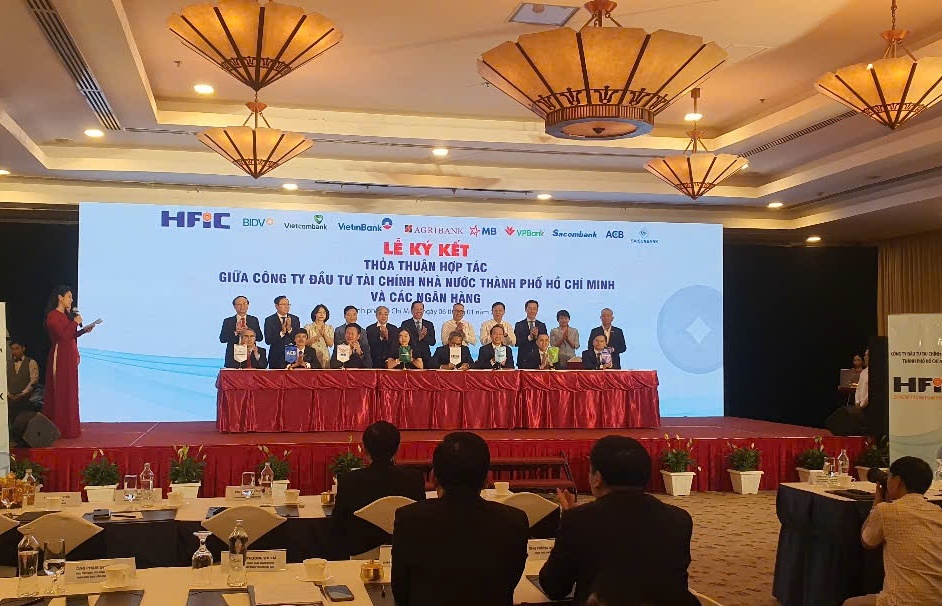
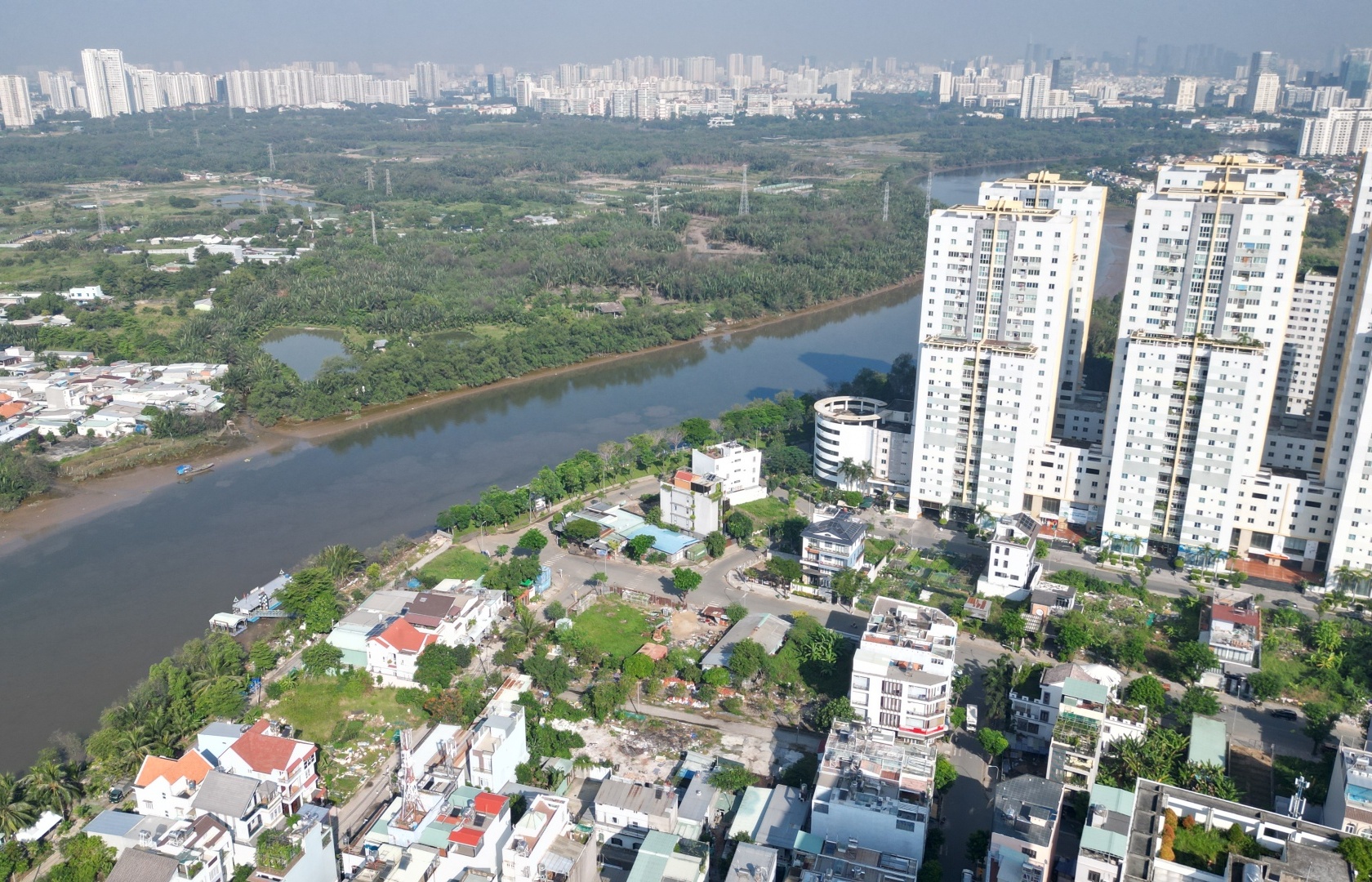




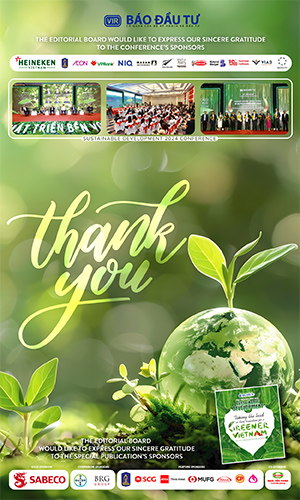



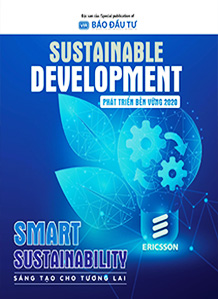
 Mobile Version
Mobile Version